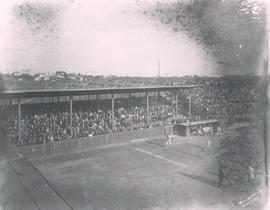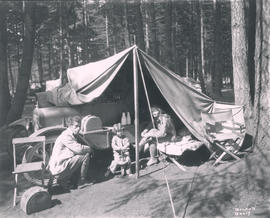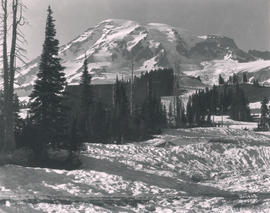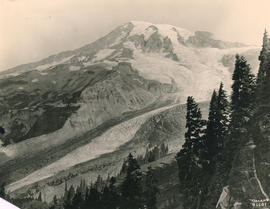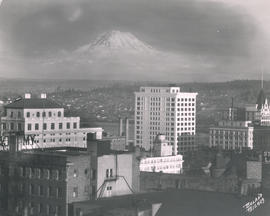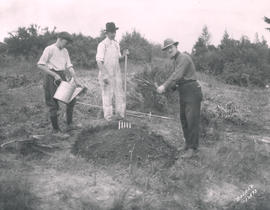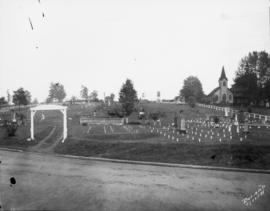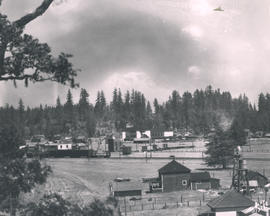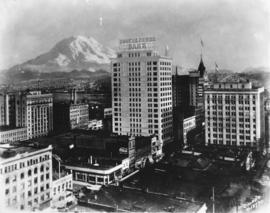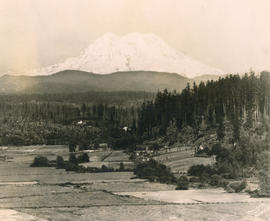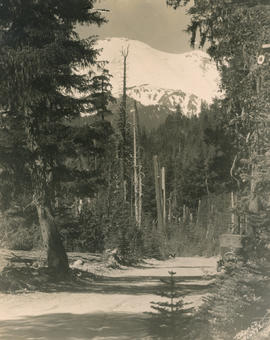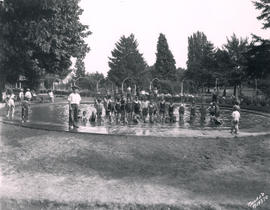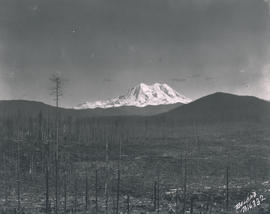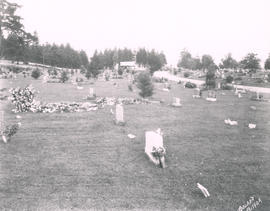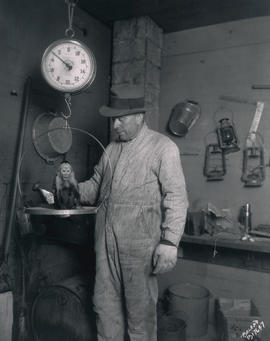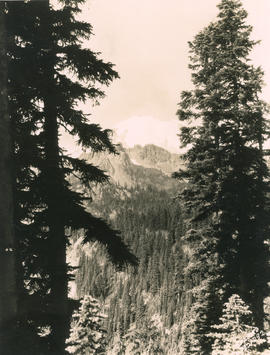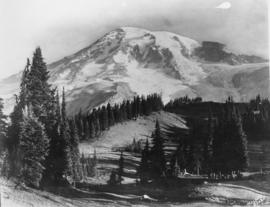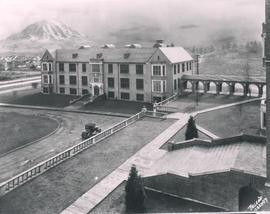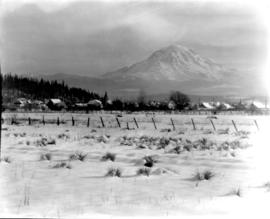Jeff, a tiny ringtailed monkey, tips the scales at three pounds as he is being weighed in late November of 1927 at the Point Defiance Zoo. His keeper and "chef," Oscar M. Olson, stated that "Jeff" had gained three ounces over Thanksgiving so needed to go on a diet. Mr. Olson's unusual job as "chef" to the zoo's 17 monkeys and assorted inhabitants landed him on the front page of the November 26th News Tribune as #11 in "Tacoma's Strangest Jobs." The carefully monitored diet of his clientele included hothouse lettuce, tomatoes, raisin bread, Gig Harbor and Wenatchee apples, Yakima and Tacoma potatoes. Besides the monkeys, Mr. Olson also was in charge of the diets of the zoo's bears, deer, elk and buffalo. G68.1-169 (TNT 11-26-27, p. 1)
Olson, Oscar M.; Monkeys; Scales; Point Defiance Zoo (Tacoma);
